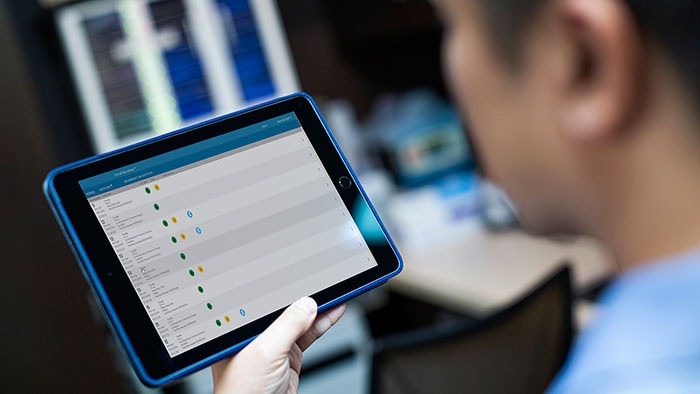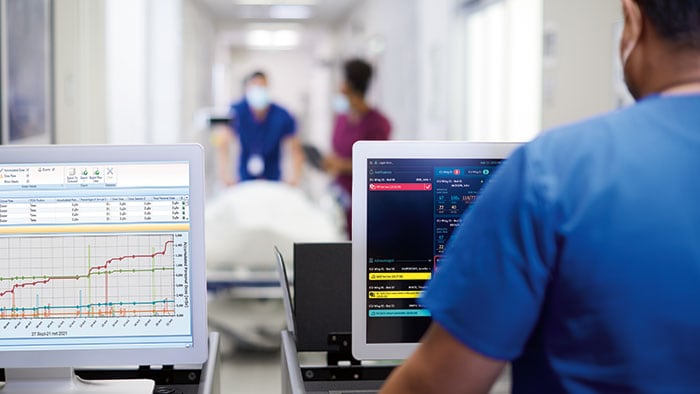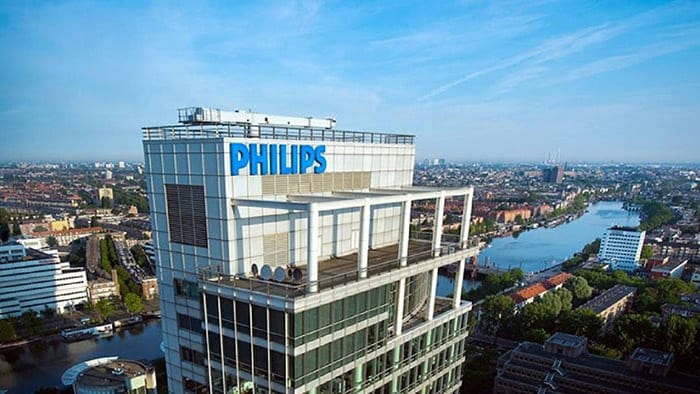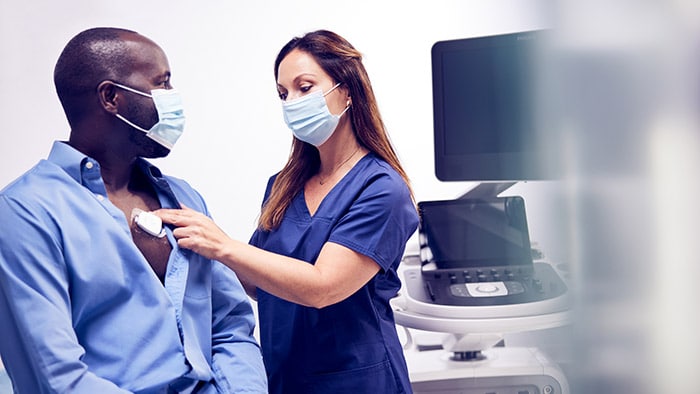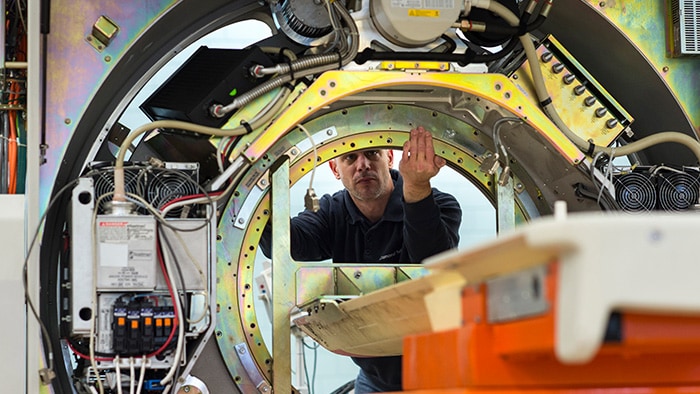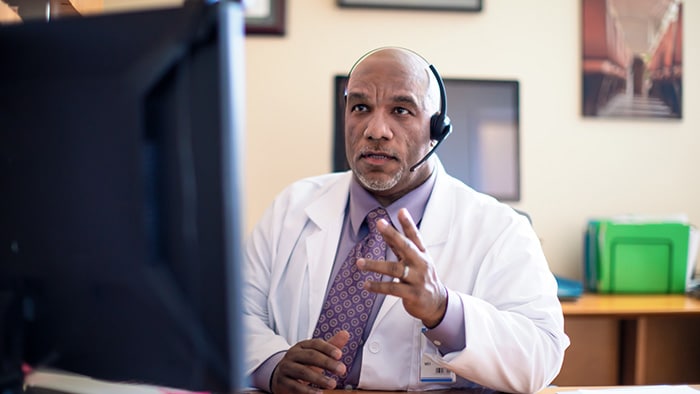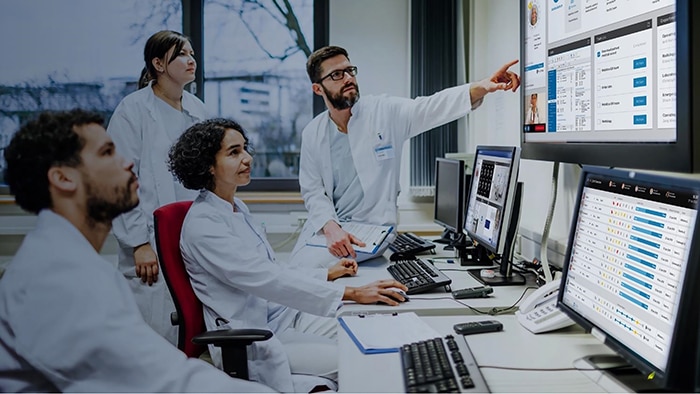Clinical staffing shortages, particularly in nursing, pre-date COVID-19 by decades, but the pandemic and its effects on the profession and economy have taken an even greater toll. In fact, a recent report shows more than one-third of nurses have said they will likely leave their roles by the end of 2022.
As a result, the competition for nurses among hospitals has become more and more fierce. Some hospitals and health systems have been forced to limit capacity due to staffing shortages. Faced with these challenges, care providers need to ensure safe and effective care while finding ways to maximize efficiency for nurses and other clinicians who may be practicing with smaller teams.
Technologies and informatics solutions that work to address these challenges by providing timely insights into a patient’s status across care settings do exist today. Having access to live streaming surveillance-level data throughout the hospital – not just in critical care units – may help to better arm practitioners with the right information at the right time. This may help them to move from reacting to adverse events that have already occurred, to proactively addressing potentially life-threatening impending events.
The benefits of surveillance-level data
In most instances, signs of deterioration present in patients that indicate a life-threatening event – such as cardiac arrest – may occur soon. This is especially true when it comes to respiratory depression, as signs of respiratory distress and insufficiency have been recognized as a key finding in the identification of patient deterioration on the general care floor [1]. In fact, every hour that passes without detecting deterioration translates to an increased risk of death in the ICU by 1.5% [1]. By using surveillance-level data – otherwise known as streaming data that can be gathered from virtually any connected medical device, aggregated and then analyzed to generate actionable insights – clinicians may be able to help minimize and prevent situations where a patient might otherwise experience an adverse event.
More traditional patient monitoring plays a role here, which includes the gathering of vital sign measurements like heart rate, respiration, blood pressure and SPO2 levels. Where surveillance-level data differs is in its ability to provide a continuous view of a patient, while also analyzing this measurement information to determine what is physiologically meaningful and what this might say about a patient’s status. For example, an elevated heart rate might not mean anything on its own, but when paired with an elevated respiratory rate and decreasing blood pressure, this surveillance-level data may help predict that something more serious is about to occur.
Clinical surveillance data overlayed on monitoring data may allow for a higher level of specificity and sensitivity when caring for patients. This holistic perspective of multiple vital signs over time helps identify trends that may enable clinicians to detect deterioration and the need for intervention before a resource-intensive, all-hands-on-deck response is required. Earlier prevention of an adverse event may also allow hospitals to safely allocate staffing, drug, and equipment resources to stabilize the patient.
How to ensure surveillance-level insights
Inside the intensive care unit, surveillance-level insight is standard protocol, but in medical-surgical and other general care units, this is not always the case. Philips offers a comprehensive solution across various care settings with both the Philips Patient Information Center iX and Philips Capsule’s Clinical Surveillance Solution,* both of which continuously analyze comprehensive medical device data to help identify deterioration and assist in reducing the risk of life-threatening events. Live-streaming data delivered by Clinical Surveillance may help hospitals facilitate proactive care by sending notifications to the caregiver, regardless of location. This early guidance may help with patient health and safety while enabling clinical staff to practice more efficiently during these challenging times.
Philips Capsule Surveillance, the latest addition to Philips’ comprehensive clinical surveillance portfolio, received 510(k) market clearance from the U.S. Food & Drug Administration (FDA) in March 2022, paving the way for widespread deployment across healthcare systems in the U.S. To learn more about Philips Capsule’s Clinical Surveillance, visit https://capsuletech.com/capsule-clinical-surveillance.
[1] C. Jungquist and M. Joshi, "HealthTrust Webinar Series," 12 January 2021. [Online]. Available: https://education.healthtrustog.com. [Accessed 12 January 2021].*Currently only available in the U.S.

Share on social media
Topics
Contact

Meredith Amoroso
Philips Global Press Office Tel: +1 724-584-8991
You are about to visit a Philips global content page
Continue



